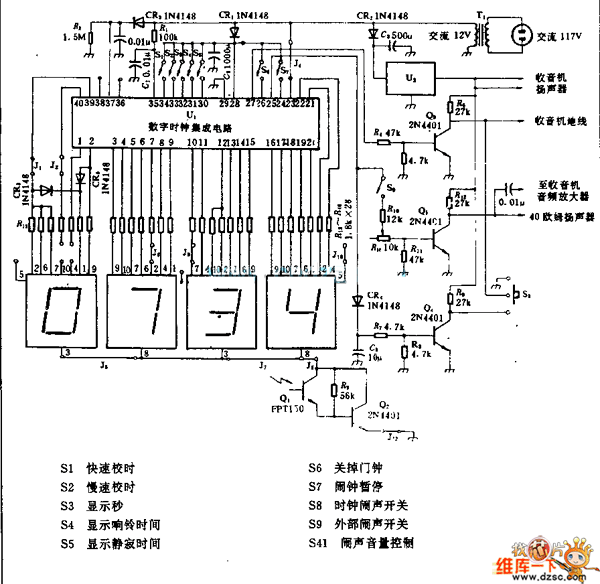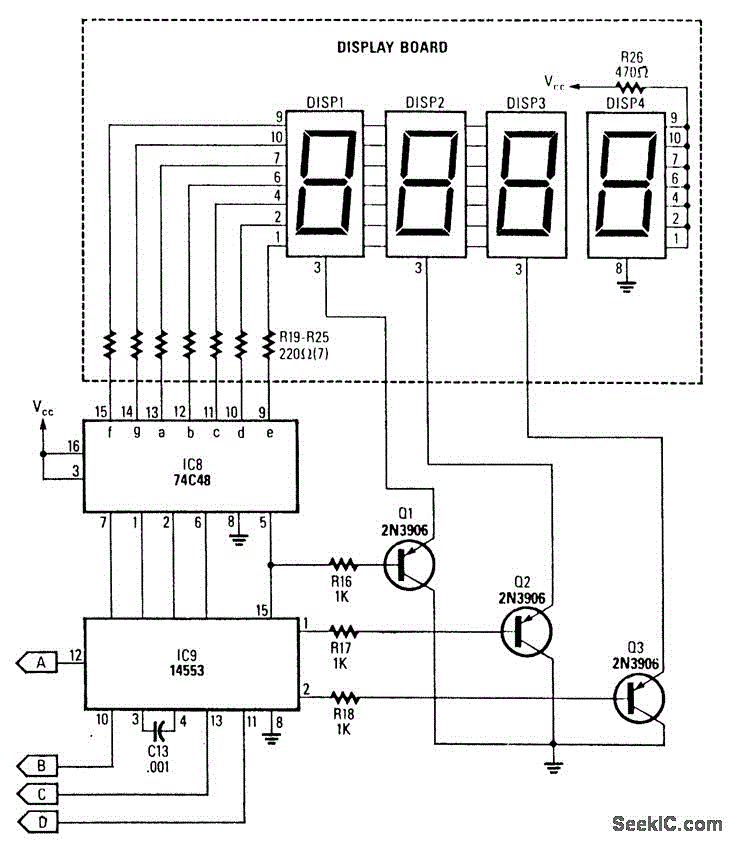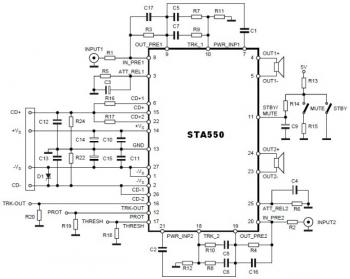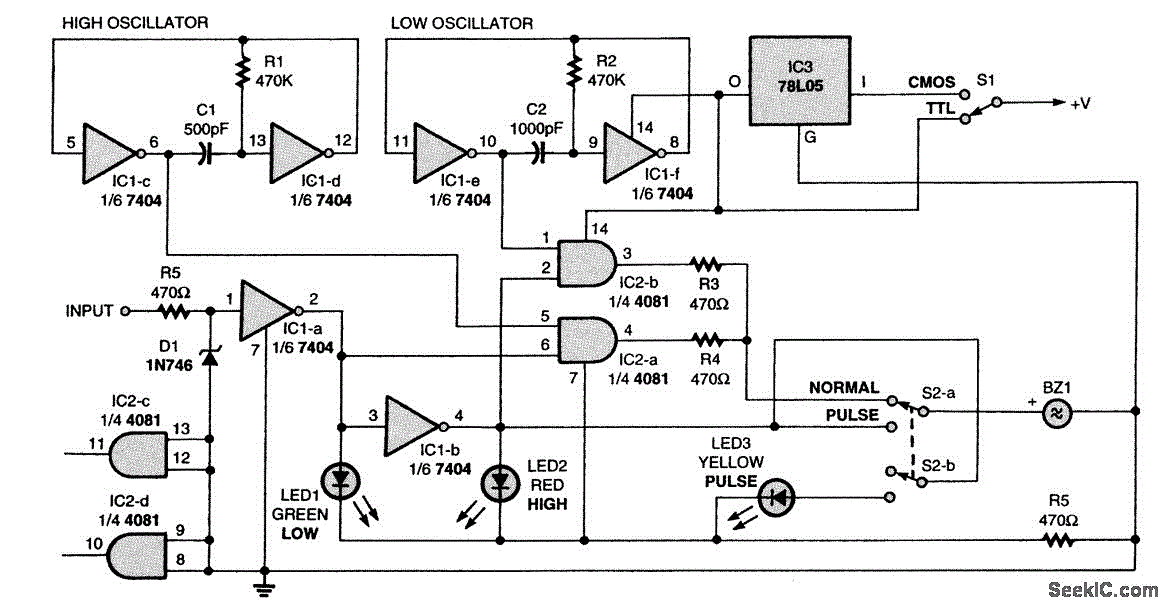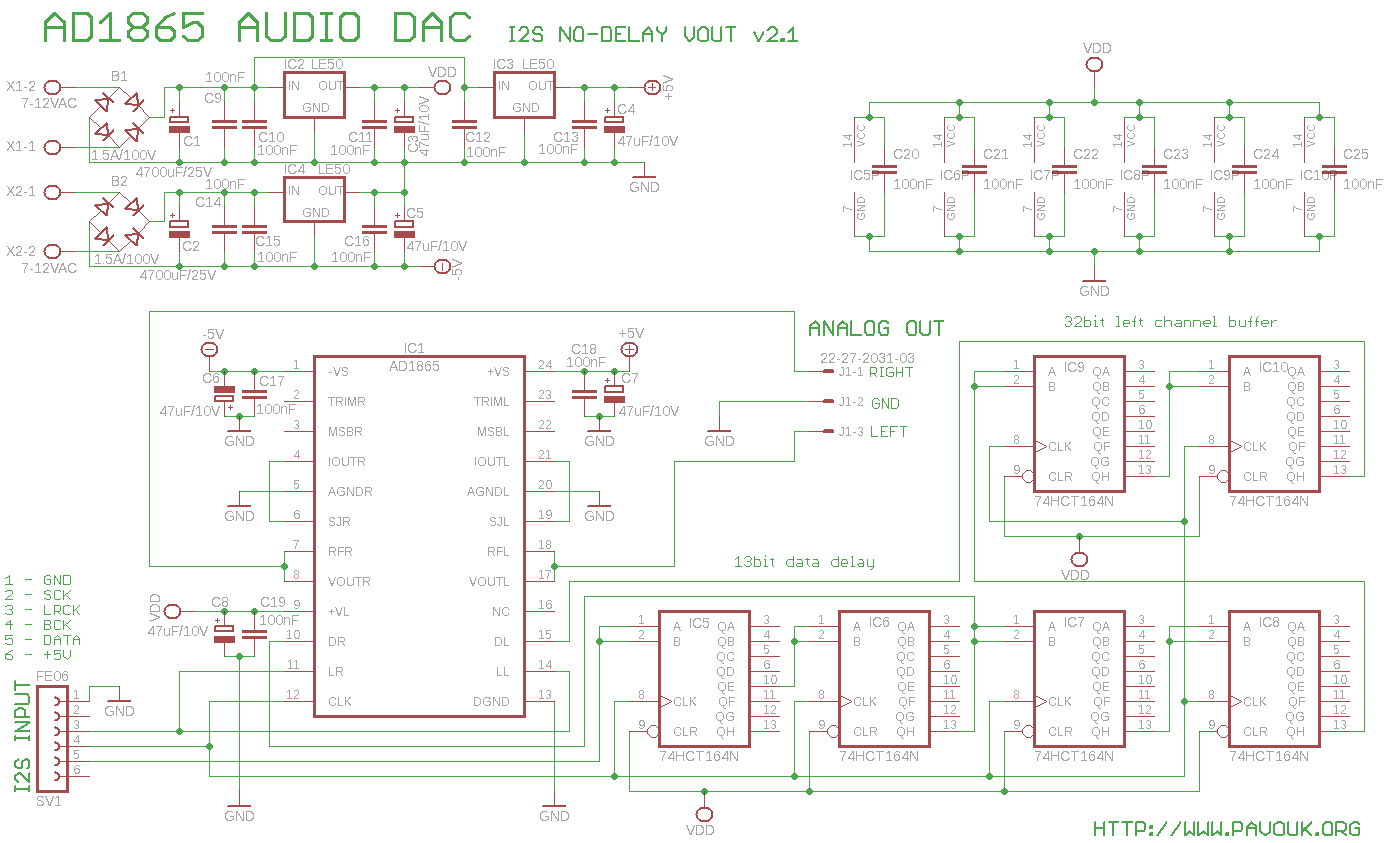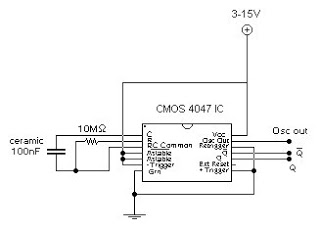
logic based digital queuing
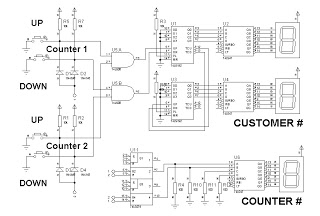
This is a simplified design utilizing an up/down counter integrated circuit (IC), specifically the 74192. This versatile logic IC features separate pins for counting both up and down. Additionally, an RS latch is incorporated to indicate the current counter value.
The 74192 up/down counter is a synchronous binary counter that can count in both directions, providing flexibility in counting applications. It operates on a clock signal and can be controlled using up and down control pins. The counter can be reset to zero or preset to a specific value, depending on the configuration of the control inputs.
In this design, the RS latch serves as a memory element that holds the current state of the counter output. The RS latch is triggered by the output of the 74192, ensuring that the displayed counter number is stable and does not fluctuate with the clock signal. This aspect is crucial for applications where a reliable indication of the count is necessary.
The circuit may also include additional components such as resistors and capacitors for debouncing the control signals and stabilizing the power supply. Proper power management and decoupling techniques should be employed to ensure the reliable operation of the IC, especially in environments with electrical noise.
Overall, this simplified design effectively demonstrates the functionality of the 74192 up/down counter and the integration of an RS latch for output indication, making it suitable for various counting applications in digital electronics.This is a simplified design using a up/down counter IC, 74192. It is a versatile logic IC that has a separate pins for up and down count. Also, an RS latch is used for the indicator of the counter number. 🔗 External reference
The 74192 up/down counter is a synchronous binary counter that can count in both directions, providing flexibility in counting applications. It operates on a clock signal and can be controlled using up and down control pins. The counter can be reset to zero or preset to a specific value, depending on the configuration of the control inputs.
In this design, the RS latch serves as a memory element that holds the current state of the counter output. The RS latch is triggered by the output of the 74192, ensuring that the displayed counter number is stable and does not fluctuate with the clock signal. This aspect is crucial for applications where a reliable indication of the count is necessary.
The circuit may also include additional components such as resistors and capacitors for debouncing the control signals and stabilizing the power supply. Proper power management and decoupling techniques should be employed to ensure the reliable operation of the IC, especially in environments with electrical noise.
Overall, this simplified design effectively demonstrates the functionality of the 74192 up/down counter and the integration of an RS latch for output indication, making it suitable for various counting applications in digital electronics.This is a simplified design using a up/down counter IC, 74192. It is a versatile logic IC that has a separate pins for up and down count. Also, an RS latch is used for the indicator of the counter number. 🔗 External reference
